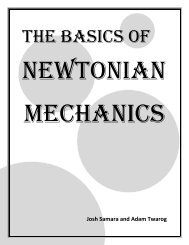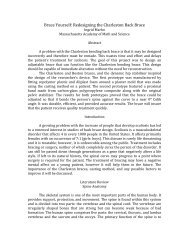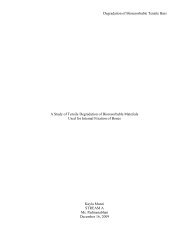Art Forgeries and Their Detection - the Scientia Review
Art Forgeries and Their Detection - the Scientia Review
Art Forgeries and Their Detection - the Scientia Review
You also want an ePaper? Increase the reach of your titles
YUMPU automatically turns print PDFs into web optimized ePapers that Google loves.
Rospigliosi Cup<br />
Reinhold Vasters is believed to have forged <strong>the</strong> Rospigliosi Cup during <strong>the</strong><br />
late 1800s. He was a German goldsmith who created this piece <strong>and</strong> at-<br />
tempted to pass it off as a work of Benvenuto Cellini’s from <strong>the</strong> 1500s.<br />
The cup was so similar to Cellini’s style that it was likely to never have<br />
been discovered as a fake. Fortunately, Vasters’ original sketches of <strong>the</strong><br />
cup were found <strong>and</strong> used to prove <strong>the</strong> sculpture was a fraud.<br />
Did You Know?<br />
● The Rospigliosi<br />
Cup is also<br />
known as <strong>the</strong><br />
Cellini Cup,<br />
named for Benvenuto<br />
Cellini,<br />
who was an Italian<br />
goldsmith,<br />
painter, sculptor,<br />
soldier, <strong>and</strong> musician.<br />
He wrote<br />
a famous autobiography<br />
<strong>and</strong> was<br />
one of <strong>the</strong> most<br />
important Mannerism<br />
artists.

















